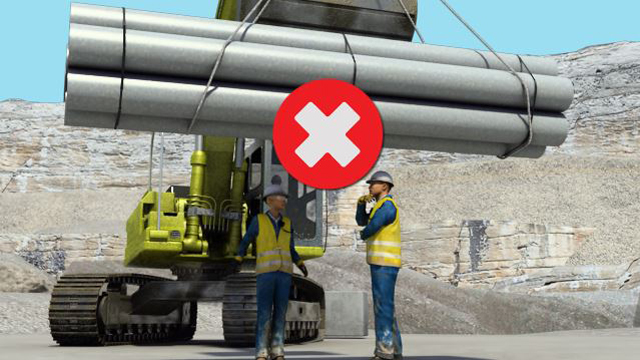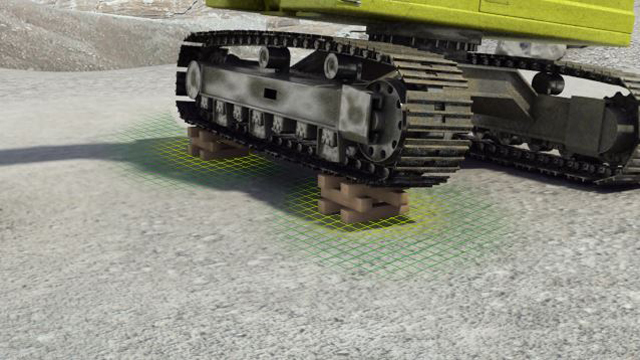




Heavy Equipment Safety Introduction
Heavy equipment is critical to the success of any construction project. The size and power of these machines also present a degree of risk to the workers who operate them and work around them.
This course will cover using personal protective equipment (PPE) correctly, mounting and dismounting a machine, performing walk-around inspections, and using seat belts for safety. It will explain the basic principles behind rigging a load to be lifted, discuss fall protection, and cover the process for locking out and tagging equipment that needs to be serviced. This course will also discuss blocking and cribbing equipment before maintenance and correct lifting techniques.
Request a demoCourse Details
Learning Objectives
By the end of this course, you will be able to:
- Identify the difference between sprains and strains
- Identify causes of sprains and strains
- Discuss ways to prevent sprains and strains
- Describe first aid measures and the four steps of the RICE first aid method for a sprain and strain
- Identify reasons to get additional medical care for a sprain or strain
Discuss recovery time and options for additional medical care for sprains and strains
Specs
| Course Level | Intermediate |
| Languages | English |
| Compatibility | Audio, Video |
| Based on: | Industry Standards and Best Practices |
Key Questions
What is PPE and why is it necessary around heavy equipment?
Personal protective equipment (or PPE) includes anything you can wear to protect yourself from hazards and prevent injuries. This includes equipment to increase your visibility, protect your head, eyes, face, hearing, respiratory system, hands, feet, and body. It’s important to wear appropriate PPE around heavy equipment.
What does it mean to maintain three points of contact when mounting or dismounting?
This means that at all times you have either two hands and one foot, or two feet and one hand in contact with a support.
What is the purpose of a walk-around inspection?
A walk-around inspection should be performed before each shift and it can help identify serious problems or minor problems.
What is the purpose of wearing a seat belt when operating heavy equipment?
Heavy equipment operators should always wear their seat belt. They help keep the operator inside the rollover protection structure in the event of a problem (ROPS).
What is a spotter?
A spotter is a second person who stands outside the machine and has a good view of the machine and its surroundings. The spotter can communicate, using hand signals, with the operator of the machine about how to best proceed.
What is lockout/tagout?
The term lockout/tagout refers to a set of procedures and actions intended to protect employees by shutting down, isolating, blocking and securing a machine or piece of equipment to control hazardous energy release.
Sample Video Transcript
Prior to actually setting rigging, it is important for the rigger and machine operator to establish and maintain good communication. The consequences of the rigger having their hand under a sling that is unexpectedly tensioned up against a load by the machine operator could be disastrous. There are some important points that should be observed while setting up the rigging. The capacity of the lift sling, or slings, must exceed the weight of the item to be lifted. If a sling is not vertical, its vertical lift capacity is reduced. The more horizontal the leg of lift is, the more its capacity is reduced.
Additional Resources
- U.S. Department of Labor’s Occupational Safety & Health Administration (OSHA) – www.osha.gov
- OSHA Safety and Health Topics – https://www.osha.gov/SLTC/etools/hurricane/heavy-equip.html
- Caterpillar Safety Services – www.safety.cat.com
- Caterpillar Safety Services Heavy Construction – https://safety.cat.com/cda/layout?m=129926
Course Applies To
Demos + Pricing
Learn more about our courses, get pricing, and see our platform.











